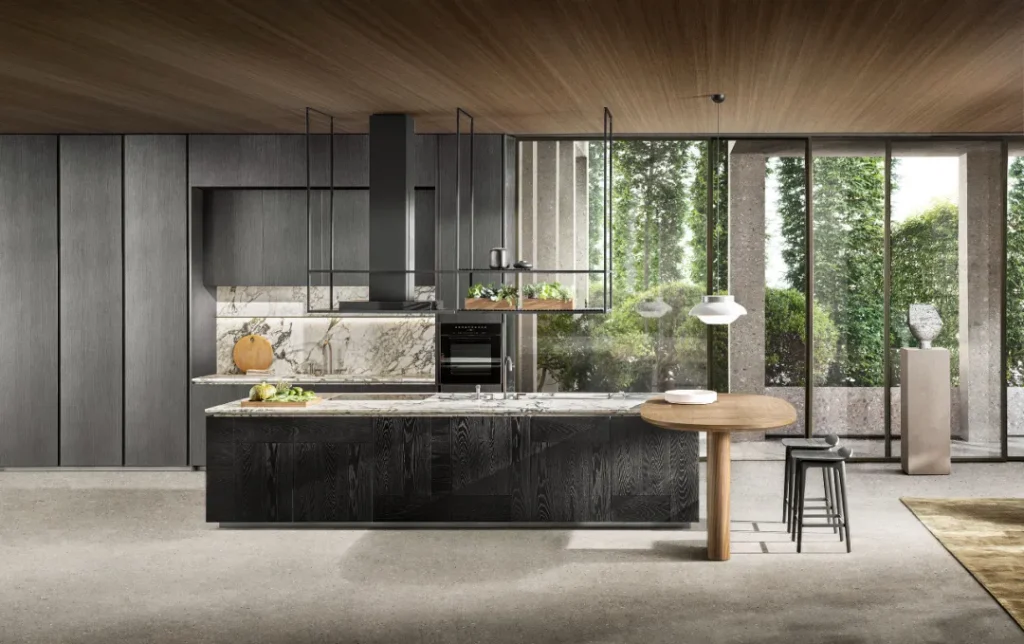How to Illuminate Your Kitchen: Tips for Effective Lighting

Introduction
Lighting plays a crucial role in the functionality and aesthetic appeal of a kitchen. Whether you are cooking, entertaining, or simply grabbing a midnight snack, the right lighting can make all the difference in creating a comfortable and inviting space. In this article, we will discuss the basics of kitchen lighting and provide tips for designing a lighting scheme that meets your needs.
Types of Kitchen Lighting
Ambient Lighting
Ambient lighting refers to the overall lighting in a room. In a kitchen, this may include ceiling fixtures, recessed lighting, or pendant lights. The goal of ambient lighting is to provide general illumination that evenly lights the entire space.
Task Lighting
Task lighting is designed to provide focused illumination for specific tasks, such as cooking, chopping, or reading recipes. Common examples of task lighting in a kitchen include under-cabinet lights, track lighting, or pendant lights placed directly above a work surface.
Accent Lighting
Accent lighting is used to highlight architectural features, artwork, or decorative elements in a room. In a kitchen, this may include lighting inside glass-front cabinets, above a decorative hood, or on a backsplash.
Designing Your Lighting Scheme
When designing a lighting scheme for your kitchen, it is important to consider both the function and aesthetics of the space. Here are some tips to help you get started:
1. Start with a Plan
Begin by assessing your lighting needs and creating a rough plan for your layout. Consider the size and shape of your kitchen, as well as the activities that take place in the space.
2. Layer Your Lighting
To create a well-lit kitchen, it is important to use a variety of lighting types and sources. Layer your lighting by incorporating ambient, task, and accent lighting to achieve a balanced and effective lighting scheme.
3. Be Mindful of Color Temperature
The color temperature of your lighting can have a significant impact on the overall look and feel of your kitchen. Cooler temperatures (around 5000K) are popular for task lighting, while warmer temperatures (around 2700K) are often used for ambient lighting.
4. Consider Energy Efficiency
Choosing energy-efficient lighting options can help you save money and reduce your environmental impact. When choosing light fixtures and bulbs, look for the Energy Star label to ensure energy efficiency.
5. Don’t Neglect Design
While functionality is important, it is equally important to consider design when choosing lighting for your kitchen. Choose fixtures that complement your existing décor and enhance the overall look of your space.



